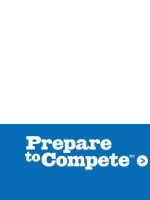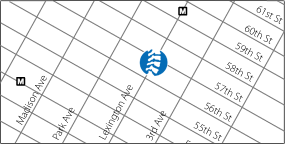Prepare to CompeteTM Injury Prevention System Seminars and Clinics
2024 Schedule:
Patient Clinics: These clinics are hosted by our office for area running, triathlon clubs and all athletes and patients interested in learning about injury prevention.
July 10, 2024
September 10th, 2024
November TBA
TO REGISTER PLEASE CALL 212-688-5770 OR EMAIL TO ptcompete@gmail.com
What is "Prepare to Compete"?
Our healthcare system provides cardiovascular, dental, visual, and many other screenings, but little attention has been paid to the neuromuscuskeletal system. This, combined with the decreased daily physical activity in our country, has led to an epidemic of “overuse” or what Dr. Bochner “overuse/underuse” injuries.
In other words, many of us only do the same repetitive motions each day, which leads to overuse of some muscles and movement patterns and underuse of others. This in itself leads to pain and injury, but Dr. Bochner and others in the neuromusculoskeletal healthcare fields have found that these patterns are often stressed in some popular exercise routines, such as marathon running and triathlon training (think of sitting with your knees flexed all day and then how cycling continuously for hours stresses the same already-tight area). This flexion “overuse” and extension "underuse" often leads to injury. The hip flexor muscles are overused and may shorten, and the extensor muscles are often underused and may become weak. This muscle imbalance will not offer proper posture support during physical activity. Thus, just as with driving a car with poor wheel alignment, athletes training with an imbalanced body are at risk of breaking down.
Prepare to CompeteTM is an organized system to screen for common patterns of dysfunction in posture (P), in muscle length and strength and joint range of motion, or “tension”(T) and in movement pattern quality or “control”(C).
To summarize, the PTC program can help prevent “overuse/underuse” injury in four steps:
1. Evaluate your level of health and fitness BEFORE TRAINING STARTS.
3. Treatments and exercises the can be added to your daily and weekly workouts to fix these problem areas (“prehab”). This is done before, or as part of, “base” training. Re-evaluate your "readiness" level as you progress with these treatments and exercises. If your readiness is in range for training, it is safe to start training or increase training beyond low base level!
4. Keep your body healthy by using restorative measures to keep these areas fixed so you are maintaning normal "PTC" and are “exercise ready”!




